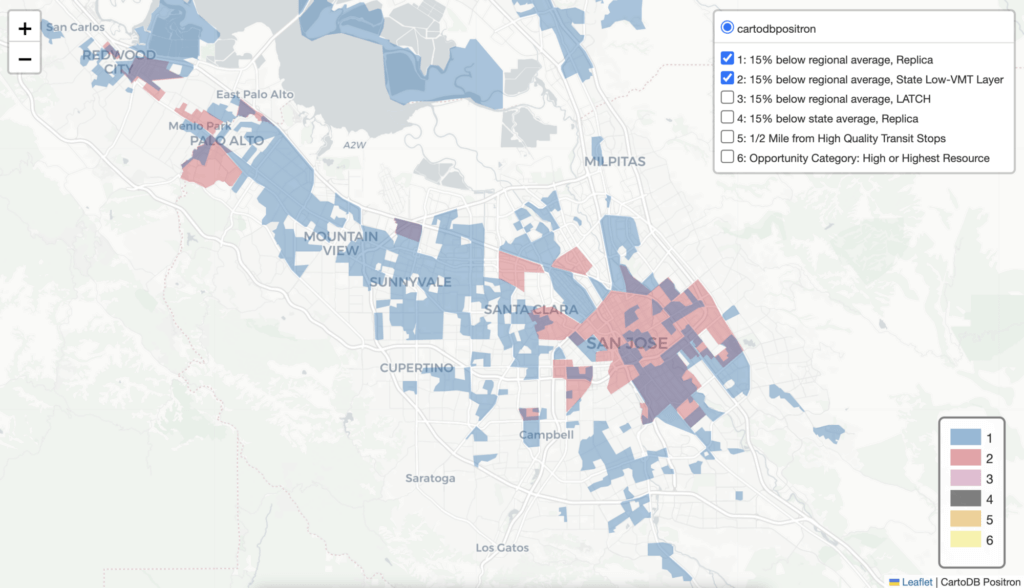The Ongoing Housing Crisis: California Renters Still Struggle to Pay Rent Even As Counties Re-Open
Published On October 9, 2020
Our analysis of newly-released Census data offers a sobering picture of the nation’s ongoing housing crisis, with a focus on how renters and homeowners in California are faring.
Our analysis shows that one in five California households indicated that they have no or only slight confidence that they have the ability to pay their mortgage or rent due to COVID-19 related income loss. Nearly 55 percent of renters–and 40 percent of homeowners–in California have experienced some loss of employment income since March when the shelter-in-place orders began.
As income losses make it more difficult for households to stay current on their rent and mortgage payments, many–37.8 percent of households who have missed housing payments–are turning to credit cards and other loans to cover expenses.
The implications of this crisis for households of color and for households with children are particularly stark. Hispanic/Latinx households in California are particularly hard hit, with more than one in five households behind on their rental payments. And households with children are more likely to face housing insecurity: more than 540,000 households with children in California are behind on their rent or mortgage payments. Research has shown that there are long-term negative health and educational consequences for children who experience housing instability.
The consequences of this economic crisis are already beginning to reverberate throughout the housing market. The majority of California households who are behind on their rent payments live in properties with 4 or fewer units. The landlords of these types of properties are more likely to own fewer units and have lower incomes, and they may be less likely to access small business support or payment protection programs.
While recently-enacted eviction moratoria and mortgage forbearance are an important and necessary safeguard to provide immediate protection, such measures do not address the long-term financial obligations that will be unsustainable for many tenants and homeowners. They also do not address the financial crisis facing small property owners.
Acting now to prevent an eviction and foreclosure crisis in 2021—and the negative consequences such a crisis will have on households, neighborhoods, and the U.S. economy—should be the top priority of the federal government. The $2.4 trillion stimulus bill proposed by Speaker Nancy Pelosi and other leading Democrats, which includes provisions to provide both direct rental assistance and create a lending facility for landlords to stay afloat, is a necessary step towards recovery. Yet as negotiations in Washington stop and start, it remains unclear if the federal government will act with urgency and at the scale needed to provide relief.





